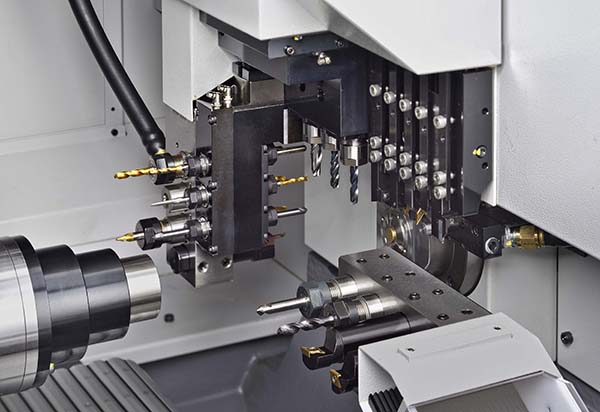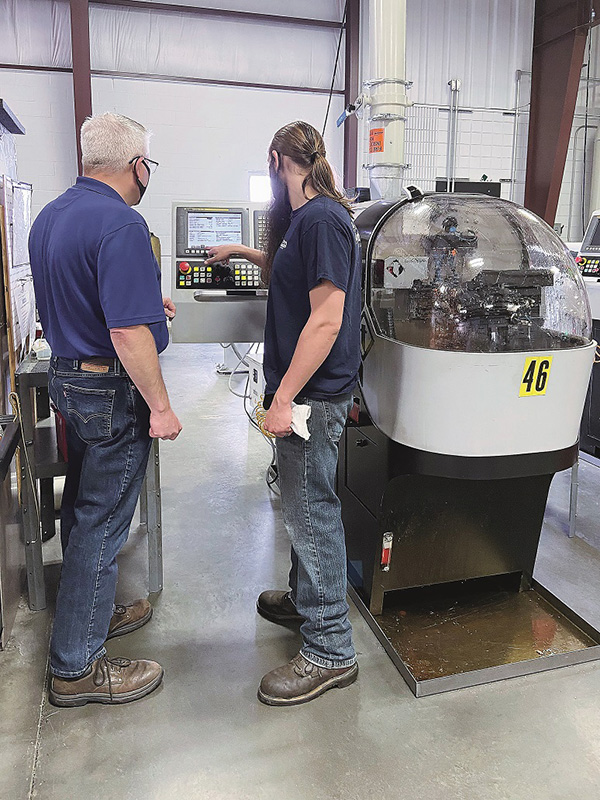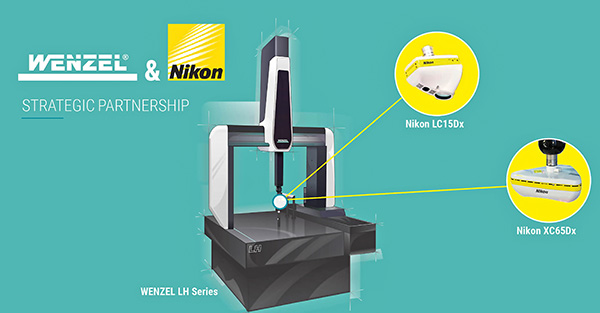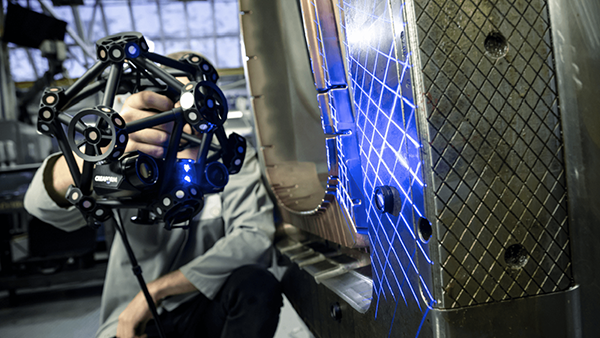When turning long-chipping malleable materials, Citizen’s low frequency vibration (LFV) software fragments swarf into manageable chip sizes, whereas normally it would become a stringy bird’s nest entangled around the tool and component.

The latest sliding-head bar auto on which the technology has been made available is the new Cincom A20-VIILFV, while it can also be found on one of the company’s Miyano fixed-head models.
All machines have been fundamentally redesigned with uprated ball-screws, lubrication system, guarding and other elements to provide additional strength. This strength helps withstand the oscillation caused by very short periods of intermittent air cutting that produce the chip-breaking action. Productivity is maximised by avoiding having to stop the machine repeatedly to remove clogged swarf, facilitating minimally attended operation and enabling lights-out running.
A further advantage is the avoidance of the need to fit a high-pressure coolant system to encourage swarf breakage, which involves high capital investment and increased running costs.
Embedded in the operating system of the control system, the chip-breaking software synchronises axis servo drive motion with the spindle speed. The software version on the A20 is suitable for longitudinal and face turning, as well as drilling, and involves multiple oscillations per revolution of the main spindle. LFV is highly controllable and can be programmed using G-codes to switch on and off during a cycle, as required.
This function is distinct from being part of the program itself, as is the case with alternative CNC pecking macros, which have the disadvantage of rubbing the tool. In contrast, LFV oscillation of the tool by tens of microns allows coolant to penetrate the cut more efficiently for the brief periods when the tip lifts clear of the component surface. As a result, the reduction in heat helps prolong cutter life, by as much as five-fold in some instances.
For further information www.citizenmachinery.co.uk






















